The 2018 Roadmap To FullStack Web Development
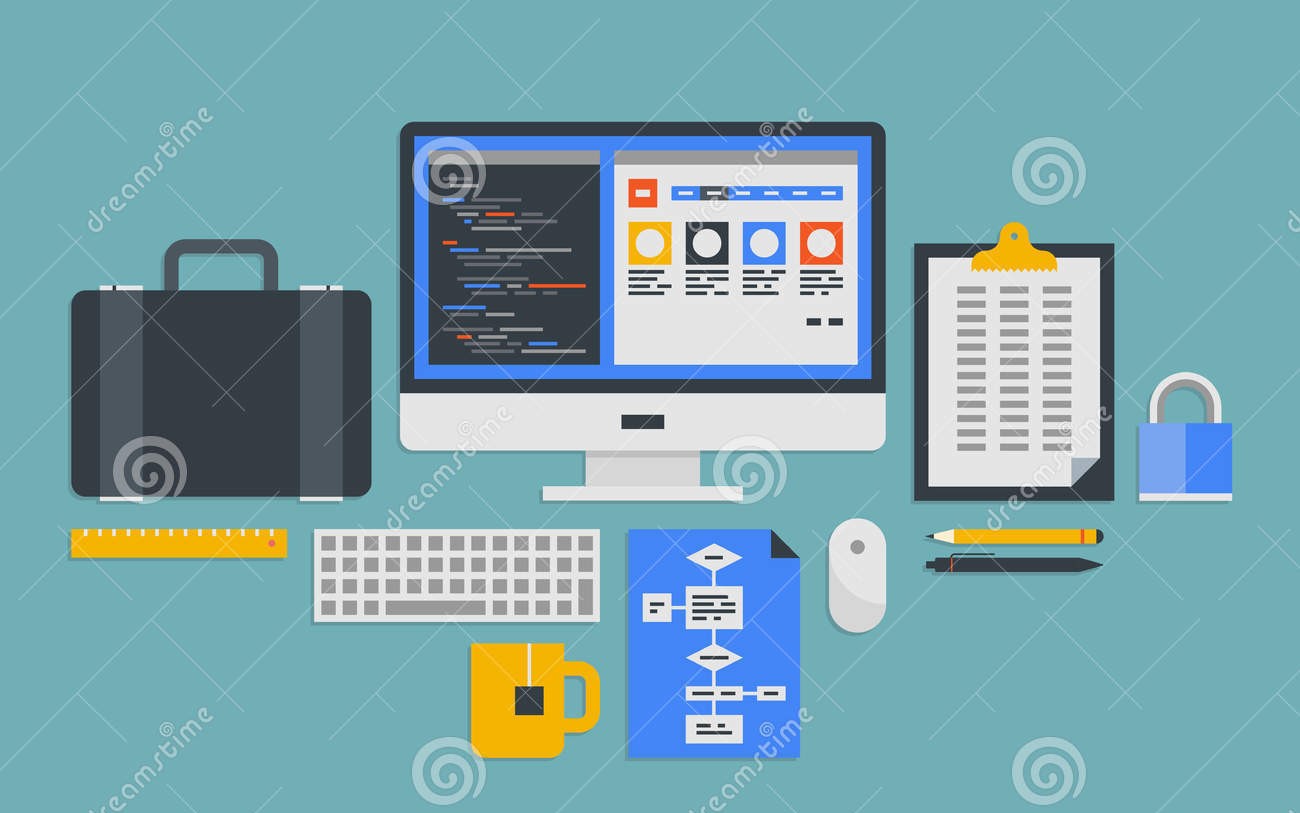
Becoming a fullstack web developer requires you to cover a lot of skills. For beginners it’s often not easy to find the right learning path and to gain quick result. At first sight it might be overwhelming to understand what you need to learn and how everything fits together at the end.
This post will give you an overview of technologies you may consider to learn for being a fullstack developer in 2018 and beyond. We’ll start to take a look at the foundation and programming languages and then move forward to more advanced topics like frameworks and additional tools.
This list will provide guidance to find your path through the web development jungle in 2018. Together with a short description of the relevant topics this post contains link to great learning resources so that you can start quickly to expand your skillset.
Foundation
The best way to beginn with your web development career is to get very good at HTML & CSS which is the basis for everything else.

HTML & CSS
The Hypertext Markup Language (HTML) is essential for every website you’re implementing. By using HTL you’re defining and structuring the content of a website by using a simple markup syntax.
Cascading Style Sheets (CSS) is a simple way for adding styling to your websites (e.g. adding fonts, colors, layout etc).
Programming Languages
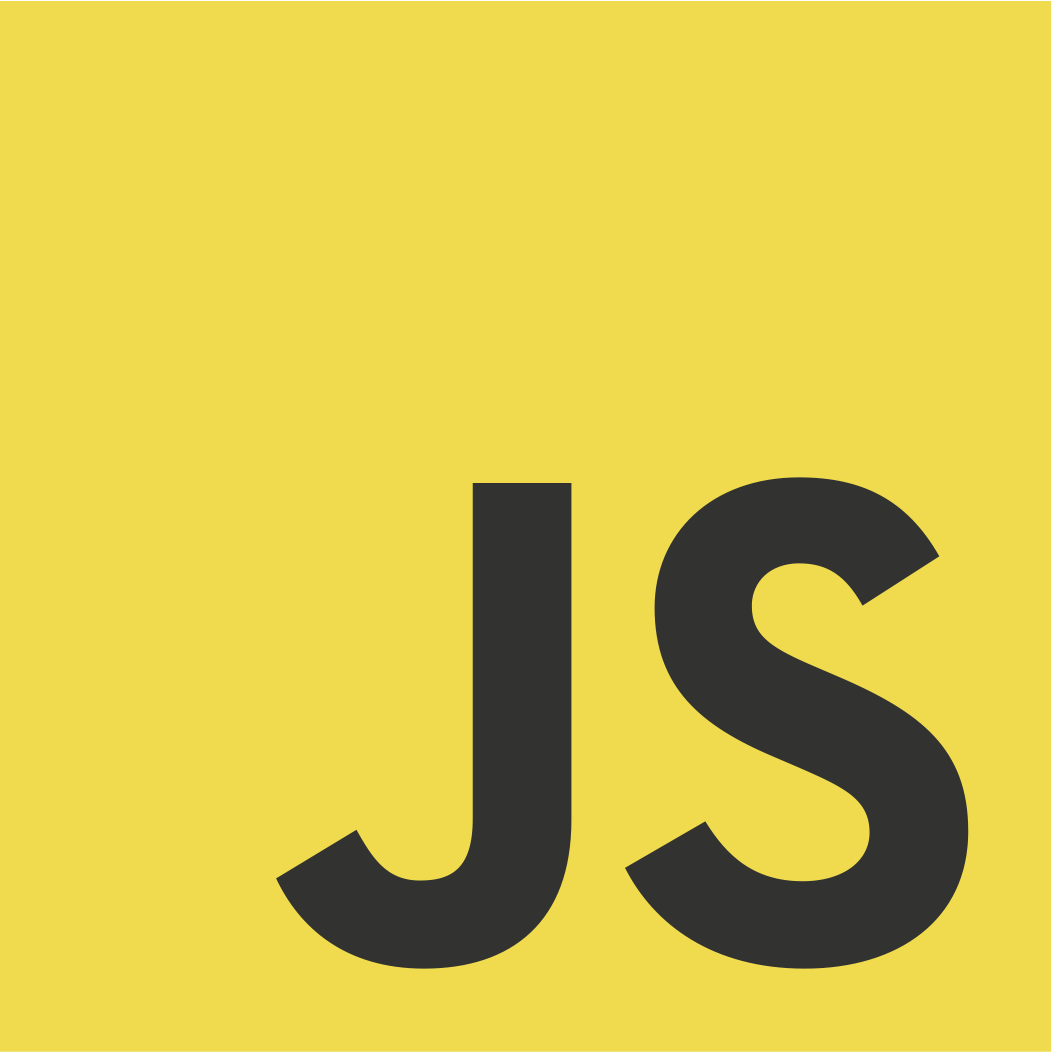
JavaScript
JavaScript is the essential building block for adding dynamic features to your website. The JavaScript language is an implementation of the underlying ECMAScript specification. Learning JavaScript from the ground up is an essential milestone in starting your web development career. For many frameworks on the frontend (Angular, React, Vue.js) and on the backend side (Node.js) the knowledge of JavaScript is a prerequisite. The basics of the JavaScript language are easy to learn. However, as the ECMAScript specification evolves, more and more advanced features are added to the language. E.g. in 2017 features like asynchronous functions, shared memory, and atomic operations have been added. If you’re starting with JavaScript it might be overwhelming to read about all those advanced JS concept. Here you should focus on the basics first and then move on to the more advanced concepts afterwards.
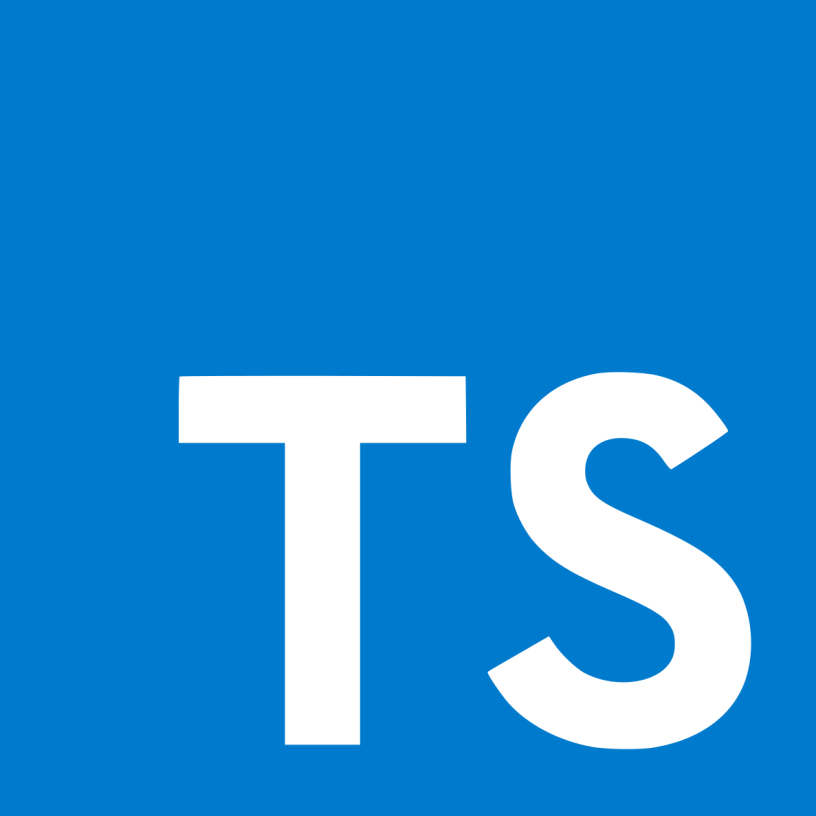
TypeScript
With the rise of Angular TypeScript has gained a lot of traction too. If you’re planning to learn Angular you should definitely take a look at TypeScript first. TypeScript is an addition to JavaScript and therefore is always used together with JavaScript to enable features like type checking. TypeScript has an excellent tooling, especially if your work with code editors like Visual Studio Code. Here you’ll find functionalities automatic importing of modules. Understanding TypeScript Don’t limit the Usage of TypeScript to Angular 2! Learn the Basics, its Features, Workflows and how to use it!
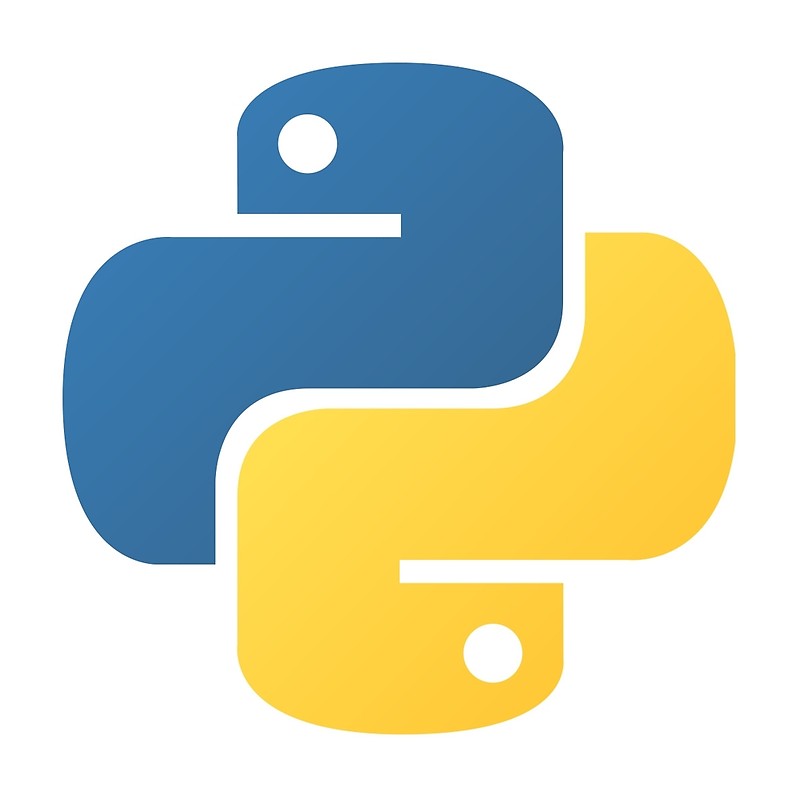
Python
Python is one of the top programming languages requested by companies in 2017 / 2018. If you haven’t added Python to your programming skill set yet it’s now the perfect time to start learning. With Python you’re able to cover a wide range of use cases. You can implement command line scripts, GUI application and web applications. Furthermore the Python programming language is currently fueling scientific computing. If you’re learning Python for web development you should then take a look at Python web programming frameworks like Django or Flask.
Frontend Frameworks
Frameworks — both for frontend and backend development — makes developing common functionality easier and faster. However before starting to use a framework you should always try to gain a profound understanding of the underlying technology stack (e.g. JavaScript). This will help you to learn a framework and understand the concept. Fist, let’s take a look at the most important frontend frameworks in web development:
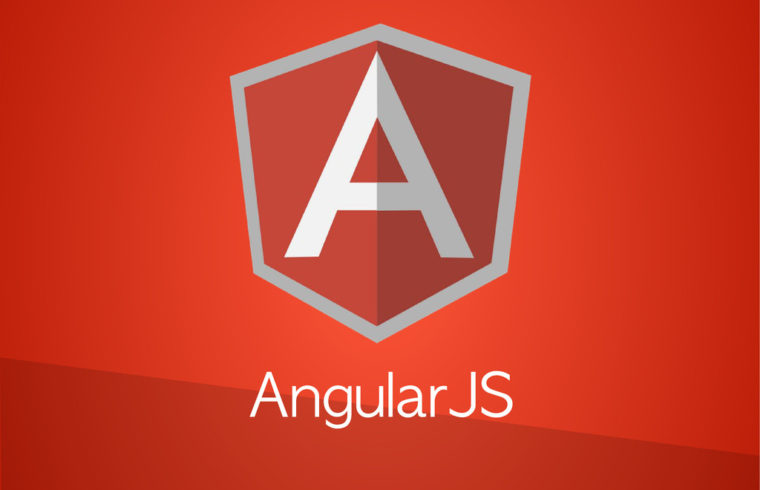
Angular
Angular is a framework for building client applications in HTML and JavaScript / TypeScript. The framework combines declarative templates, dependency injection, end to end tooling, and integrated best practices to solve development challenges. In 2017 Angular has been one of the most popular frameworks for building single-page web applications. For Angular developers it a very exciting year with two major framework updates (version 4 and version 5). Many new features have been added and Angular is gaining more and more traction. One of the key features added in 2017 to the Angular framework is ahead of time compilation. This means that views are compiled at build-time instead of render time. The result is a much faster web application. Furthermore this reduces the bundle size of your application significantly. If you’re looking for a new JS web development framework to learn in 2018 you should consider to take a deeper look at Angular. More and more companies start to make use of Angular and the Angular team will come up with many more features and releases in 2018.
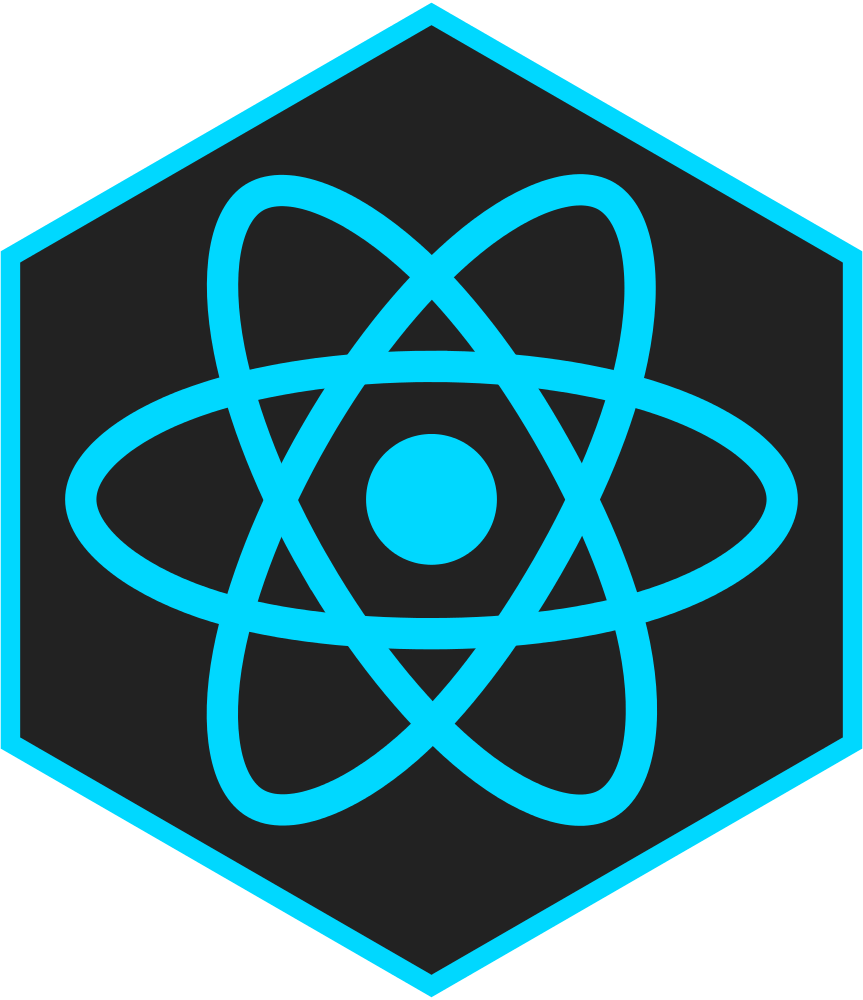
React
React is a JavaScript library for building user interfaces. React makes it painless to create interactive UIs. Design simple views for each state in your application, and React will efficiently update and render just the right components when your data changes. Declarative views make your code more predictable and easier to debug. The framework is fully component-based. You can build encapsulated components that manage their own state, then compose them to make complex UIs.Since component logic is written in JavaScript instead of templates, you can easily pass rich data through your app and keep state out of the DOM. React 16 has been released in September 2017. With the release of that version the React team decided to provide you with a complete rewrite of the core architecture in order to enable the support of asynchronous rendering in a future release. Once available in 2018 this will help to improve the speed and loading time of heavy web applications because the main thread will no longer be blocked. React enables you to create really powerful single-page application. If you haven’t done so before you should definitely add React to your skillset. If you’re planning to develop more complex web application with React you should also consider to take a look at Redux. By using Redux you’ll be able to use central state management in your application which makes data handling across components much more easier.
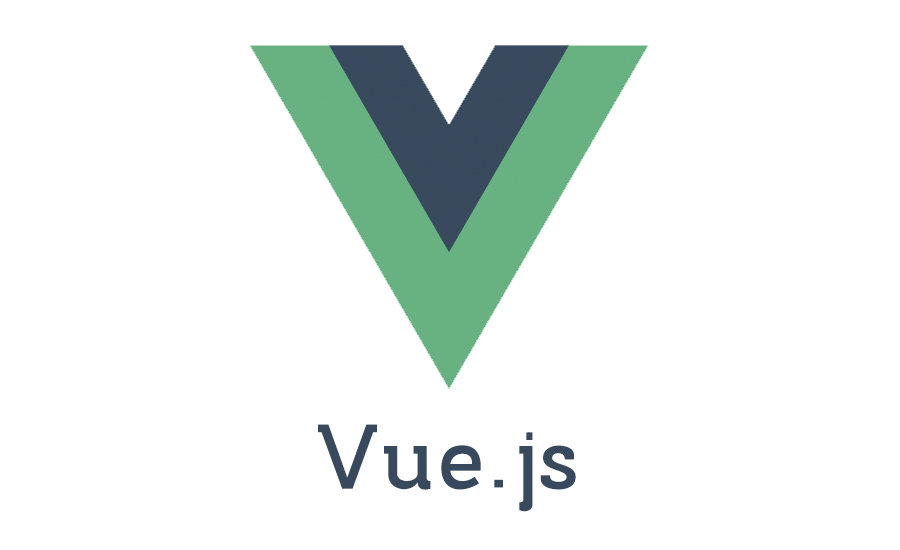
Vue.js
2017 has been a great year for Vue with an explosion in growth. Vue is extremely easy to learn and especially for smaller-sized projects a perfect choice. The learning curve is extremely steep and you can expect to quickly see great results. From a total of 37k stars on Github Vue has evolved to 78k stars at the end of 2017. More and more companies are adding Vue.js to their stacks and the demand for Vue.js developers is growing constantly.
Backend Frameworks
There are many options you can choose from when selecting a backend framework for your web project. However, in the following I’ll narrow it down to two options, one for the JS world (Node.js) and one for the Python world (Django). As the name suggest, backend frameworks are running on the backend (on the server) and are generating HTML, JSON (etc.) for your website in a dynamic way depending on the URL your user visits. If you’re only developing on the frontend side of a project it’s not needed to add a Backend framework to your skillset. However, to gain a profound understanding of how everything is fitting together you should at least consider to understand the very basics of a backend framework.
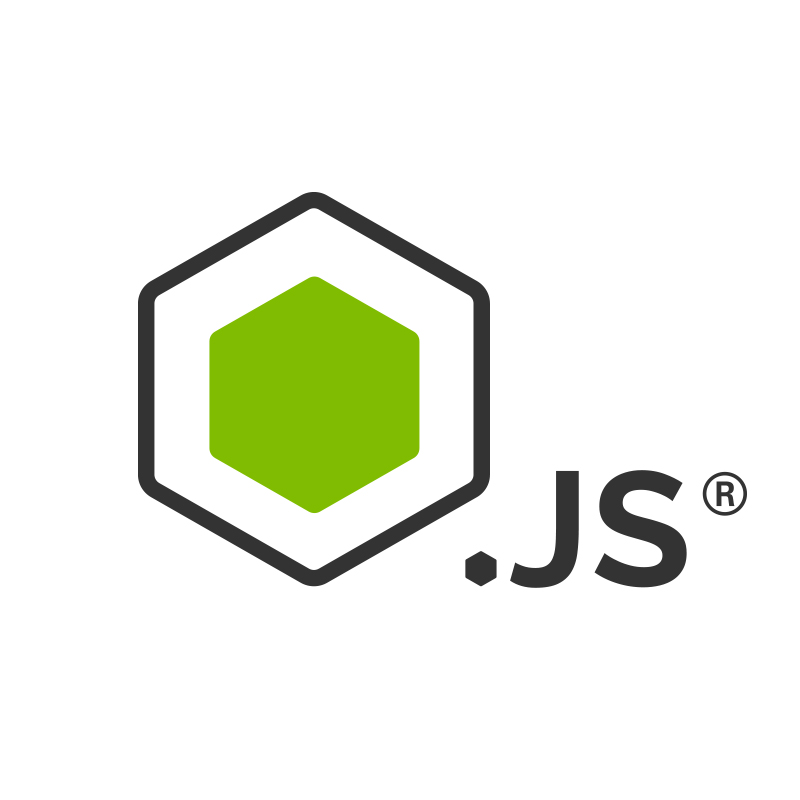
Node.js
Node.js enables you to execute JavaScript code at the backend and is extremely powerful especially if Node.js is used together with the Express middleware. In order to start with Node.js you should first make sure that you have a sound knowledge of the JavaScript programming language. This will ensure that you can understand the core concepts of Node quickly.

Django
Django is completely written in Python. If you like the elegance of the Python programming language you’ll like the Django. Django is a powerful framework and serves you for a wide range of use cases. However, if you have gained a profound understanding of Python, Django is easy to learn and you’ll discover the pragmatic approach very quickly. If you would like to use Python and the backend side of your project you should not definitely take a look at Django and start learning it.
